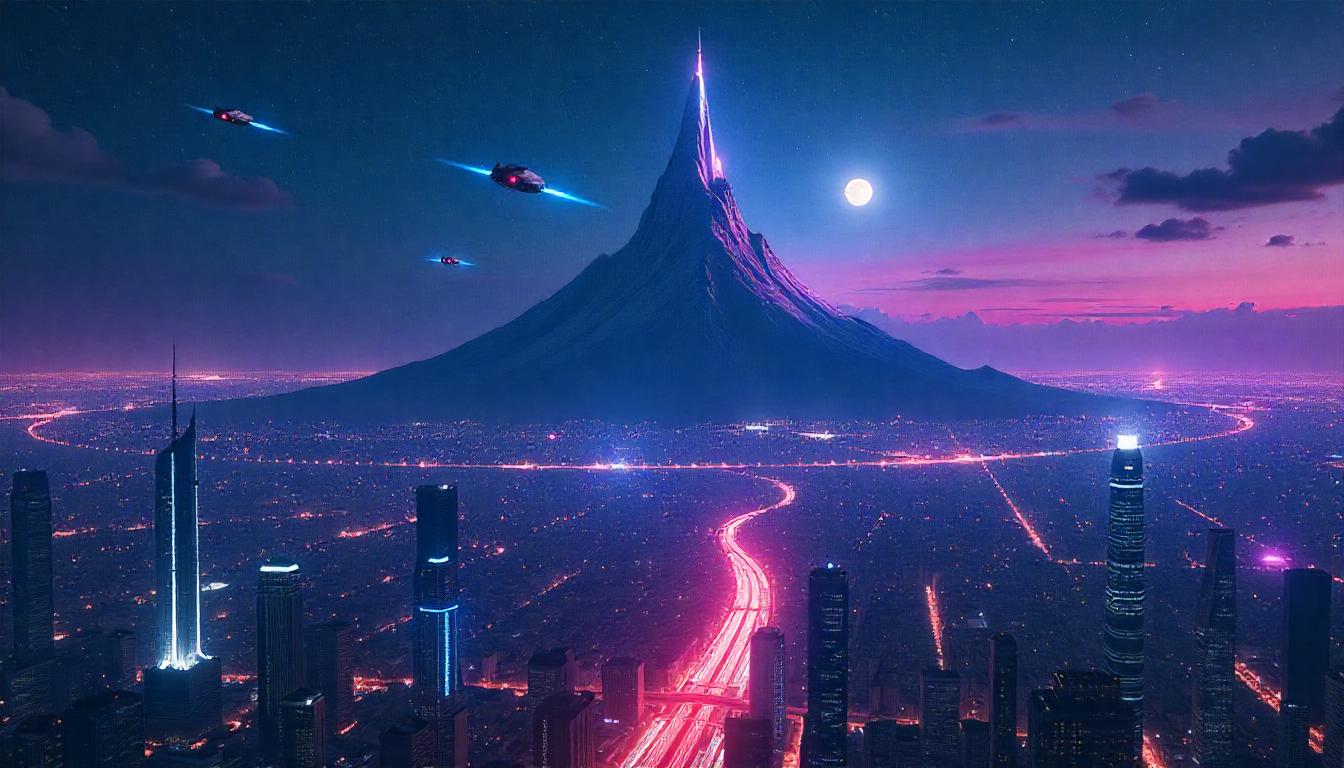There exists, just beyond the horizon of thought, a place veiled in mist and myth—an apex where brush meets sky, word meets wind, and stone sings with sculptor’s breath. This is not a place on any map, though cartographers of the soul have often traced its ridgelines in journals, symphonies, and palettes. They call it Mount Oeuvre.
Not a mountain in the usual sense—no summit to conquer, no flag to plant—Mount Oeuvre rises in folds and spirals, a geologic marvel shaped by struggle and surrender, solitude and symphony. It is climbed not with boots and rope, but with persistence and doubt, revision and revelation. It does not obey the compass but responds to the internal sway of a restless, seeking heart. One does not stumble upon it; one earns its contours with every failure that somehow moves the hand forward.
To journey toward this mountain is to court madness and clarity in equal measure. Artists speak of it in hushed metaphors, in the margins of sketchbooks or the drunken murmurs at closing exhibitions. It looms not above the earth, but within it, tectonic in its shifting: a landscape etched by imagination and eroded by time. On its lower slopes lie the foothills of imitation—safe, predictable, pleasing. Higher up, the terrain fractures. Familiar forms give way to alien silhouettes, and one must choose: retreat to safety, or continue into the abstraction, into the wilds where genius may live—or where one may never return.
Its forests are dense with reference and history. Roots tangle with echoes of the past—echoes of a Cézanne sigh, a Woolf whisper, a Coltrane cry. The air is perfumed with possibility and pollen from works never begun. Travelers often pause here, building fires from their doubts, cooking their old obsessions until they’re palatable again. But to dwell too long in the woods is to become a scholar of what could have been, never ascending, only chronicling.
Above the treeline, everything thins: the air, the ego, the margin for error. Words refuse to behave. Colors rebel. Ideas turn feral, and one’s tools begin to feel more like divining rods than instruments. Here, the artist becomes more animal than architect—sensing, scratching, surviving on instinct and thin inspiration. The climb is brutal. There are no switchbacks. Only the raw incline of intent. It is here where many abandon the ascent, leaving behind abandoned canvases and skeletal manuscripts, relics for other climbers to unearth and misinterpret.
And yet, some press on—not because they believe in reaching the peak, but because they believe in walking. These are the ones who have stopped asking what the mountain is for. They move because the motion is the meaning. They begin to see the terrain not as hostile, but as honest. Not every crevice must be filled. Not every echo resolved. They learn to rest in the unpolished, to cradle the incomplete.
Eventually, they may glimpse the summit—or something like it. It never looks the same twice. Sometimes it appears as a flash of insight that vanishes before it can be recorded. Sometimes it is the final stroke that ruins the perfect painting and makes it real. It can be terrifying in its intimacy, its demand for truth. For Mount Oeuvre is not made of granite, but of vulnerability pressed into form. It stands not above the world, but inside the world, disguised as a question no one else is asking.
It is the child’s drawing unfiltered by shame. It is the string of notes hummed before sleep. It is the story told in secret, never written down. To reach its summit is to understand that the masterpiece was never a destination, but a process—a topography of intention shaped by storm and stillness alike.
Mount Oeuvre reveals itself only to those who no longer need to see it.


